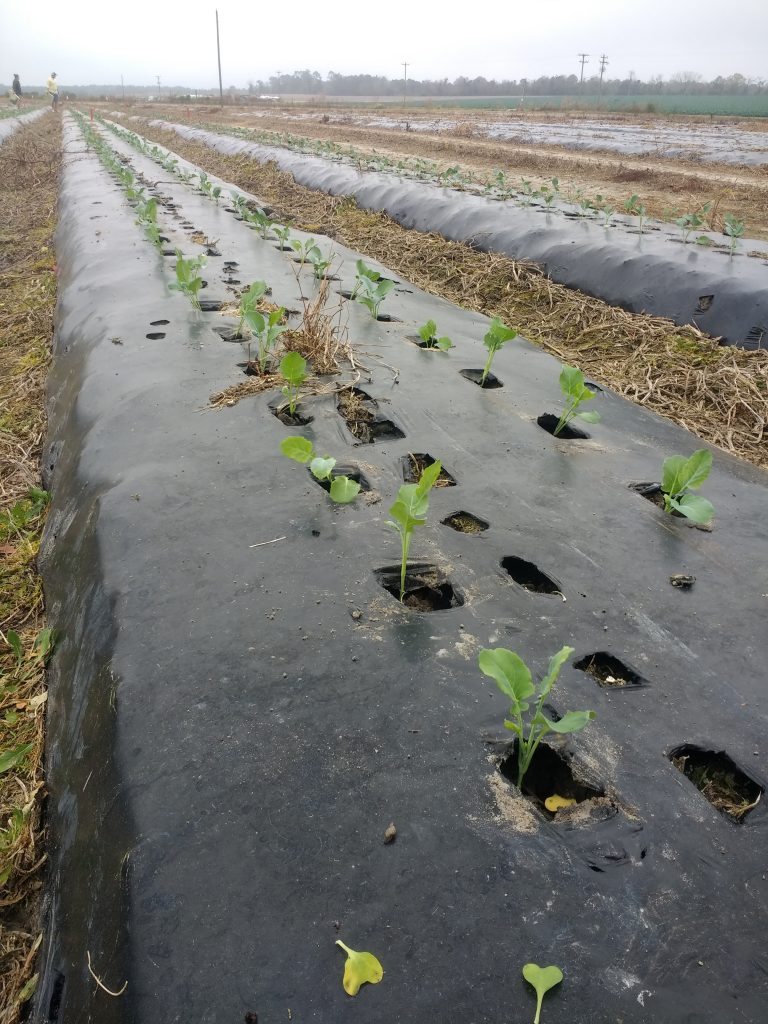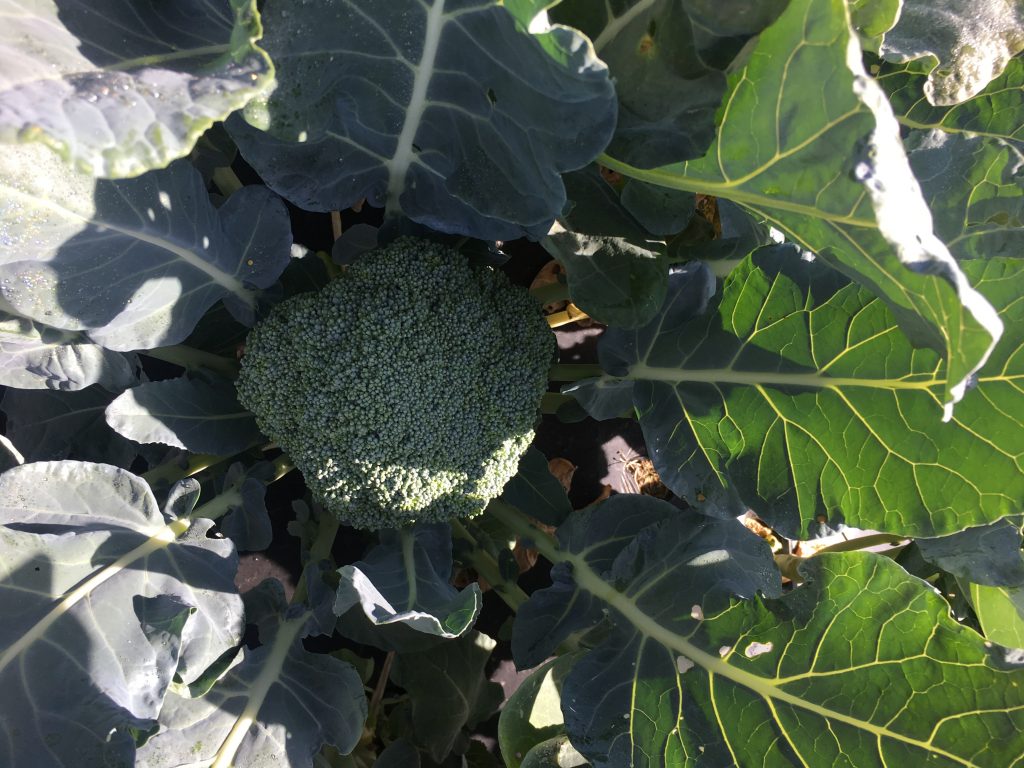By Karla Arboleda
While the West Coast is known as the main U.S. region for broccoli production, the East Coast may soon be on its heels, thanks to the Eastern Broccoli Project.
Thomas Björkman is a professor of vegetable physiology at Cornell University and project director of the Eastern Broccoli Project. He leads a group of collaborators, from Maine to Florida, who are working long-term to develop broccoli that is adapted to the East Coast’s climate.
BROCCOLI BARRIERS
“One of the characteristics of the Eastern climate is that nighttime temperatures during the growing seasons tend to be quite warm,” Björkman said. He added that seed companies have usually been more dedicated to breeding for areas like California, which has better temperature conditions to grow broccoli. “The natural habit of broccoli is to grow vegetatively when it’s warm and to produce the head when it’s cold.”

Coupled with concerns revolving around lower quality due to long travel times is the cost of transportation. However, researchers have succeeded in establishing broccoli varieties through seed companies that will give growers more opportunities to make a profit. Since the start of this project in 2011, broccoli is now grown in every state along the East Coast, and growers can harvest it year-round.
“Broccoli is a really high-volume vegetable. It’s something that every store has to have all the time,” Björkman said. “Having a viable, local supply of that is a good thing because it’s so important to how the demands for ‘local’ actually get realized.”
QUALITY AND QUANTITY
In order for Björkman’s team to produce broccoli at its best, the work involves conducting quality and yield trials. Andre da Silva, an assistant professor in the Department of Horticulture at the University of Georgia, works to identify good broccoli varieties for Georgia as part of the project.
“When our customers are in the grocery store, they are looking for a broccoli that has more firmness,” da Silva said, pointing out that size and roughness of a broccoli head is imperative to deciding what will sell. “By the end of the season when broccoli heads reach maturity, we start our harvesting and … collect the broccoli heads for marketable and unmarketable yields.”
Georgia grows over 20,000 acres of cole crops per year, with a notable increase in acreage of broccoli production after the Eastern Broccoli Project was launched. Because of these results, and the established interest in growing broccoli, da Silva is confident more growers will continue to produce the vegetable.

“We are the second biggest producer of cabbage, which has very similar crop management practices to broccoli. It will be easy for those growers to adapt themselves for our broccoli production,” da Silva said. “It will increase the value of the vegetable industry.”
Brian Ward, an assistant professor at Clemson University and key personnel member for the project in South Carolina, evaluates broccoli quality. Thirty varieties are being tested for color, density, maturity rate and uniformity throughout the year. Additionally, Ward wants to see broccoli that works with the weather.
“They’re breeding more heat-tolerant varieties (because) … they have to have certain cool nights for a certain amount of time in order for it to be stimulated to go into that reproductive state,” Ward said. “We push the envelope with regard to that so we can actually capture more of the market.”
With three annual planting dates — two in the spring and one in the fall — broccoli research in South Carolina has resulted in several positives for the industry. Ward believes it’s important to study how to grow the high-dollar crop sustainably because of the potential to save money and lessen the carbon footprint.
“We’ve (been) able to … stretch the window of availability due to the breeding aspects of it,” Ward said. “The quality has gone up, nutritional content has been increasing … not only that, but increased acreage.”
ONGOING GROWTH
The growth that the Eastern Broccoli Project has achieved signifies prosperity, and it doesn’t seem to be slowing down just yet.
The U.S. Census showed that the number of farms growing broccoli in the East doubled between 2012 and 2017. Björkman, now dubbed the “Broccoli Man,” is keen on extending those results.
“Technically, we helped move that along and we are hopeful to see those numbers increase,” Björkman said. “It’s really making a bigger difference for the economy and a bigger difference for people’s health, so that’s pretty good motivation.”
Karla Arboleda is a communications intern at AgNet Media in Gainesville, Florida.









